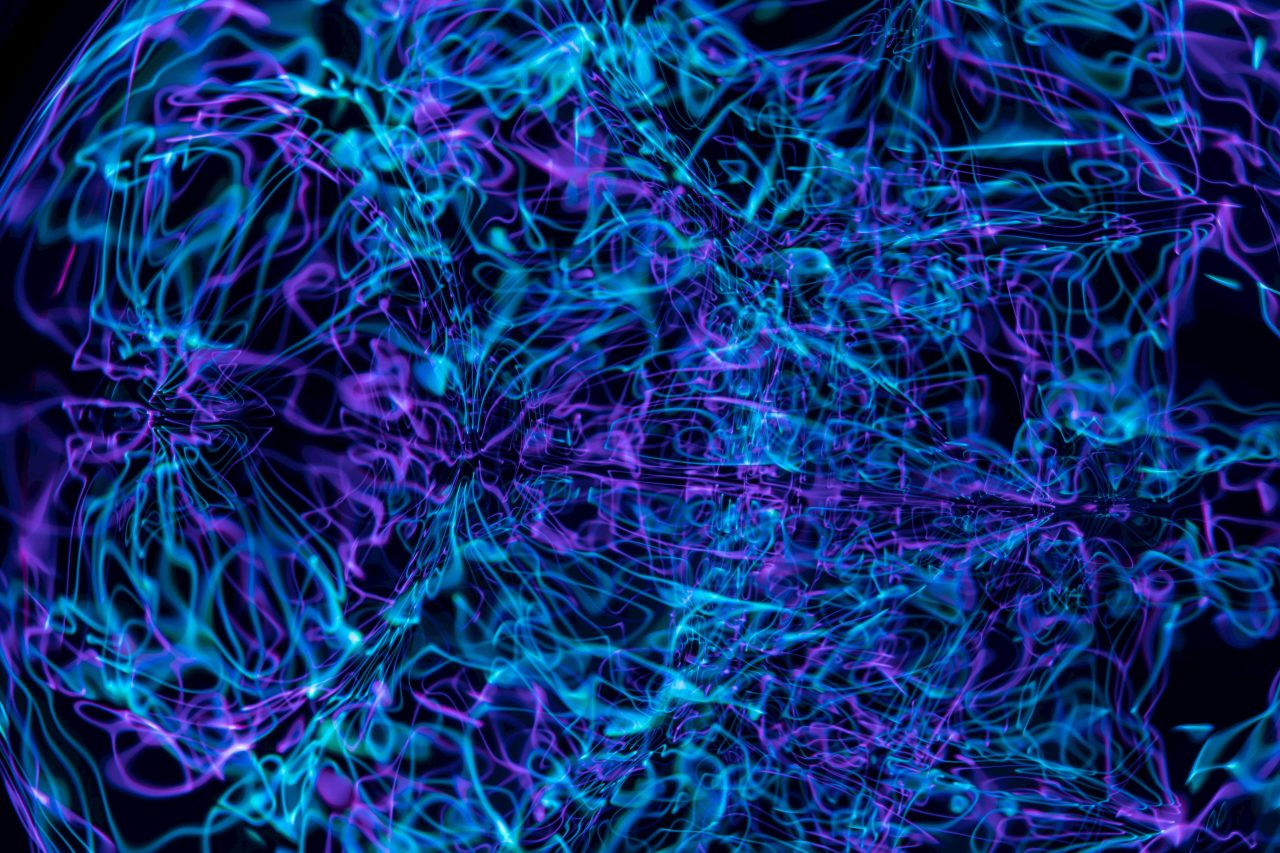Imagine if the solutions to our most complex problems were already perfected in nature. This is the essence of biomimicry — drawing inspiration from natural processes and systems to fuel human innovation.
In this blog, we explore how mimicking nature leads to cutting-edge advancements in AI vision. We’ll see how biological concepts inspire the development of computer vision technologies.
The Role of Biomimicry in Human Innovation
In broad terms, biomimicry is the discipline of solving human problems using means inspired by natural phenomena. Thus, it’s the practice of developing solutions that emulate biological processes and systems. One of the arguments for learning from nature is that it has enjoyed millennia to develop and refine a huge variety of living organisms through a combination of natural selection, trial-and-error, and random mutations.
The hope is that, as we come closer to truly understanding the inner workings of a variety of natural systems, we can fast-track our technological innovation. By analyzing the biological systems, we may discover secrets to develop similar capabilities from scratch or optimize our existing solutions.
Neural networks are a key form of biomimicry, driving much of today’s computer science research. There are various types of neural networks, but they each simulate the human brain’s neuron activation mechanisms. These mechanisms rely on an architecture of interconnected neurons assembled in various layers to process and learn from data.
However, biomimicry has influenced our technological development going back centuries:
- Velcro, invented in 1941, was inspired by how burrs stick to animal fur.
- The Wright brothers studied bird flight. This both inspired and helped in the development of the first successful airplane for human flight.
- Researchers at MIT developed a water-repellent coating for self-cleaning applications inspired by lotus leaves.
- Studies of shark skin have led to the creation of antibacterial materials. Meanwhile, fish skin grafts have been successfully used to treat severe burn injuries.
Biomimicry in Computer Vision – The Intersection of Nature and Technology
The human eye is a complex organ, capable of processing vast amounts of visual information with speed and precision. It consists of various components such as the cornea, lens, retina, and optic nerve, each necessary for capturing and interpreting light. The retina, in particular, is a marvel of natural engineering, containing millions of photoreceptor cells (rods and cones) that convert light into electrical signals processed by the brain.
Eyes are estimated to have first appeared 541 million years ago. They are such effective systems that they are one of the primary sense organs for virtually every animal. The advent of the era of artificial intelligence (AI) and robotics makes the eye a valuable target of study for researchers trying to develop systems that can detect, process, and respond to visual stimuli from their environment.
Lessons can be learned not only from the eye itself but also from the regions of the brain responsible for processing the visual input. By leveraging insights gained from investigating biological systems, we can enhance artificial visual processing for applications and sustainable solutions:
- Autonomous navigation systems
- Object detection
- Sports performance monitoring and optimization
- Unmanned aircraft systems (UASs) and autonomous vehicles
For example, the human retina has inspired the development of convolutional neural networks (CNNs). These mimic the hierarchical structure of the visual cortex to improve image recognition and processing.
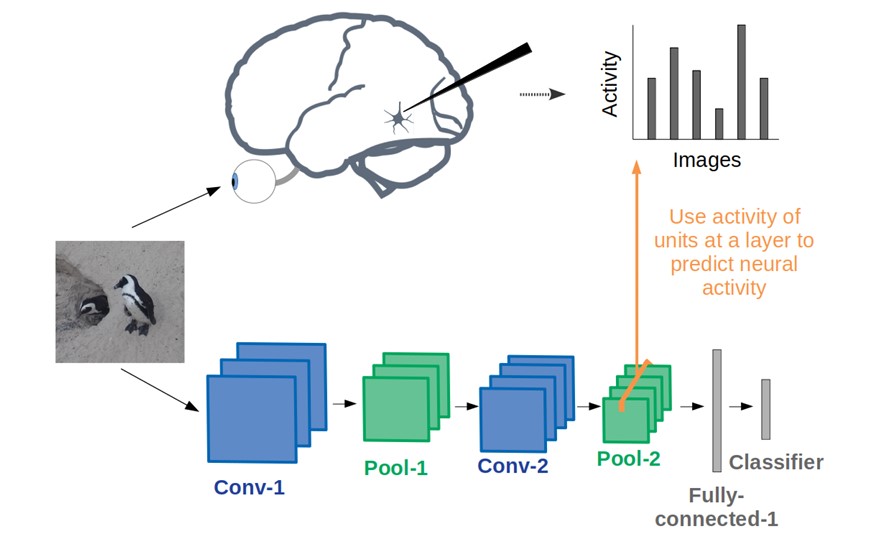
What Computer Vision Can Learn from Insect Vision?
An especially interesting property of insect vision is that they are capable of processing visual information with relatively small brains, indicating a high level of efficiency. Researchers are hoping that this will assist in developing lightweight visual systems to solve complex applications such as autonomous aerial drones, for example.
Examples of Biological Visual System Optimization in Insects
Insects have evolved optical and neural mechanisms to rapidly filter visual information, vital for their survival. This efficiency is thanks to a combination of optical preprocessing and neural processing. Flies can react to visual stimuli within milliseconds to perform high-speed evasive maneuvers much faster than mammals and many other insects.
Insect eyes, such as those of flies and mantis shrimp, have different properties to human eyes, adapted for their unique needs. Flies, for example, have compound eyes, consisting of many visual units, called ommatidia. This endows them with a wide field of view and rapid motion detection, which may have applications in multi-camera systems and panoramic imaging technologies.
However, eyes are not the only biological system of interest to computer vision researchers. At least one other study has examined the dynamic camouflaging capabilities of cuttlefish to see if they show promise for developing adaptive vision systems capable of detecting and mimicking background patterns. This may have applications in improving object detection models and creating technology with the ability to conceal itself, a la James Bond.
The Role of Preprocessing in Optimizing Computer Vision Systems
Inspired by the multifaceted lenses and rapid neural responses of flies, CNNs utilize layered structures to filter and process visual information swiftly. The image below illustrates a basic neural network where inputs are transformed through weighted connections across multiple layers, emulating the hierarchical processing of visual stimuli in biological systems. In this architecture, the initial layers act like optical preprocessing in fly eyes, detecting simple features such as edges and textures.
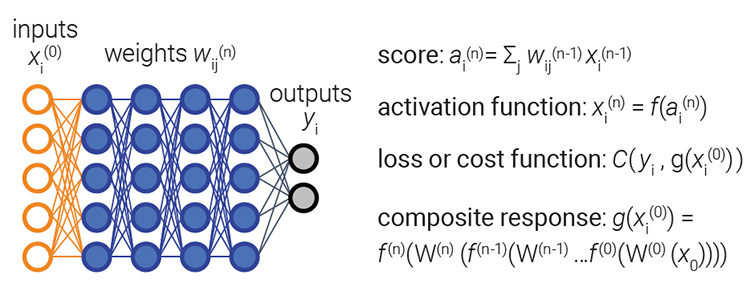
As the data moves through subsequent layers, the network extracts more complex patterns and details.
Another insect vision system with potential applications for computer vision is that of Moths. As mostly nocturnal creatures, moths have eyes that excel in low-light conditions thanks to a high density of photoreceptors. Inner-eye reflectors, called tapetum, also bounce light back through the photoreceptors to maximize light capture.
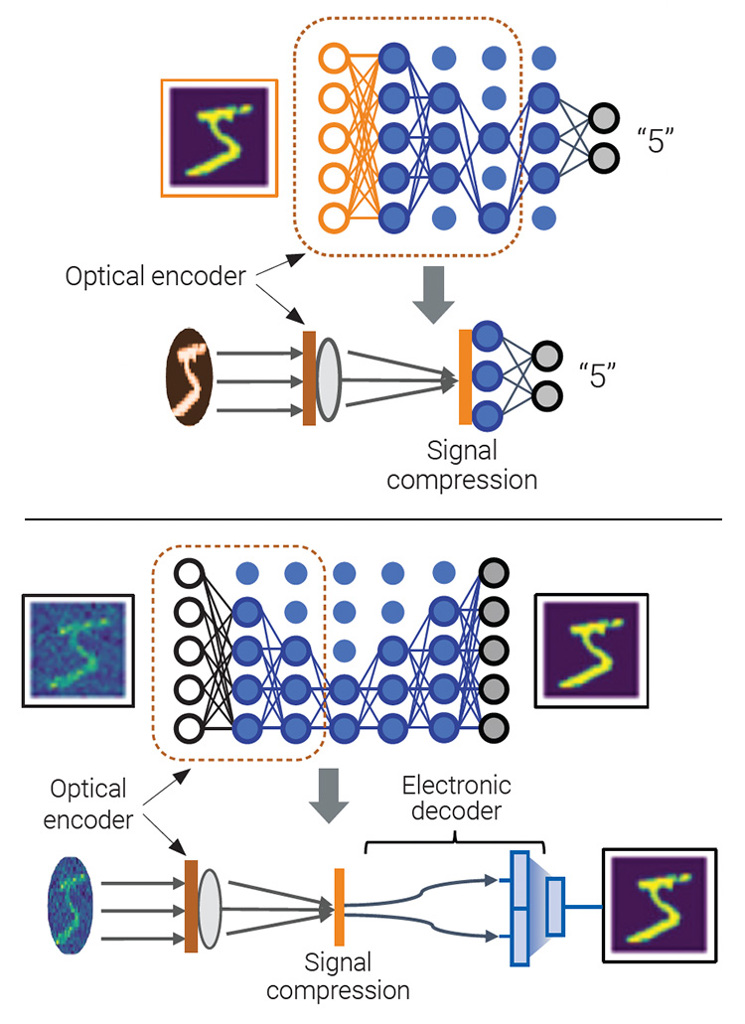
These insights from insect vision can lead to innovative approaches in computer vision, such as optical encoding, sparse sampling with spatial compression, and shallow hardware postprocessing. Such designs promise lower computational costs and reliable signal extraction amidst noise compared to deep learning systems.
These advancements may help improve the signal-to-noise ratio in computer vision systems, improving image quality in low-light conditions, with value in real-world applications, such as night-vision technology.
Current Research and Solutions
Some of the research today involves exploring alternatives to CNNs, and deep learning revolves around using single-layer neural networks (SSNs) combined with Fourier optical preprocessing. One study explored using vortex encoders in front of a lens to capture linear intensity pixels in the Fourier plane. This spatially compresses the intensity pattern, allowing for optical preprocessing and reducing the data load on the neural network.
The vortex encoders transform and compress the visual data in a way that preserves essential features while discarding redundant information. This effectively creates a compressed intensity pattern for processing by a shallow single or dual-layer neural network. At the same time, the system still achieves stable image contrast and efficient performance under noisy conditions.
The study, “Fourier optical preprocessing instead of deep learning” by Baurzhan Muminov and Luat T. Vuong, illustrates the use of a vortex phase transform for optical pre-processing. Combined with a lenslet array, the model enhances edge detection and compact representation, making the system suitable for high-speed and low-light imaging applications.
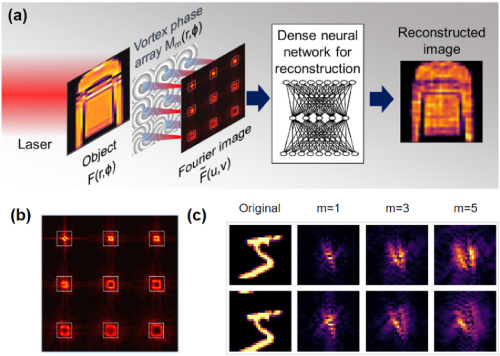
This approach also leverages shallow, dense neural networks that perform image deconvolution at rates 5-20 times faster than traditional encoding schemes. The system was also able to reconstruct images from intensity-only data under low-light conditions (5 nJ/cm²), achieving several thousand frames per second on a standard 15 W CPU.
The Future of Biomimicry in Computer Vision
Integrated vision sensors modeled on insect vision, enabled by optical preprocessing, can significantly enhance computer vision systems. By taking the “small brain” approach that nature has largely perfected in various insect species, researchers can optimize the efficiency of computer vision systems. These systems can be trained on low-pixel-density images as well as utilize coarse image reconstruction and rapid backend calculations to emulate the “small brain” model.
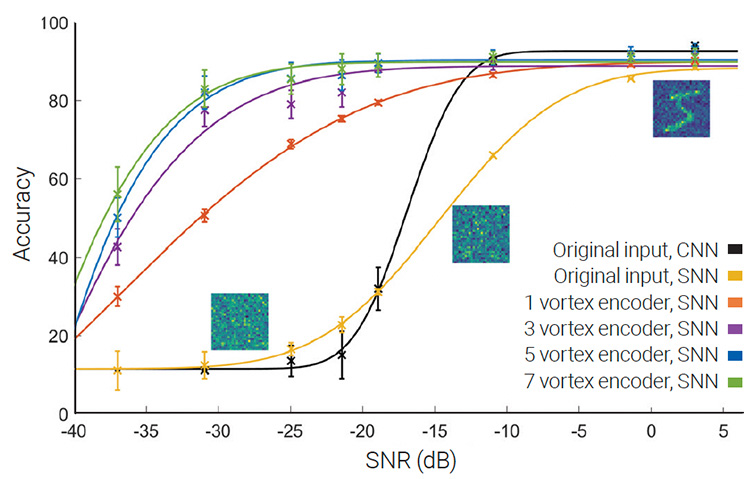
Researchers are already developing models that use pinhole optical encoders to make sense of visuals approaching a 180-degree field of view. Combined with these bio-inspired designs and high signal compression, they show potential for real-time obstacle detection with lightweight hardware.
Other challenges or areas of further study in this field include:
- Improving the level of generalization that neural network models that mimic biological systems are capable of.
- Finding ways to make these systems more adept at tackling novel conditions without explicit pre-training.
- Optimizing models to further reduce computing requirements and energy consumption of AI systems in the hopes of developing more sustainable and efficient computer vision systems.
- Integrating corneal nanostructures will allow for the development of advanced preprocessing functions beyond simple antiglare capabilities currently provided by lensless diffusers.
